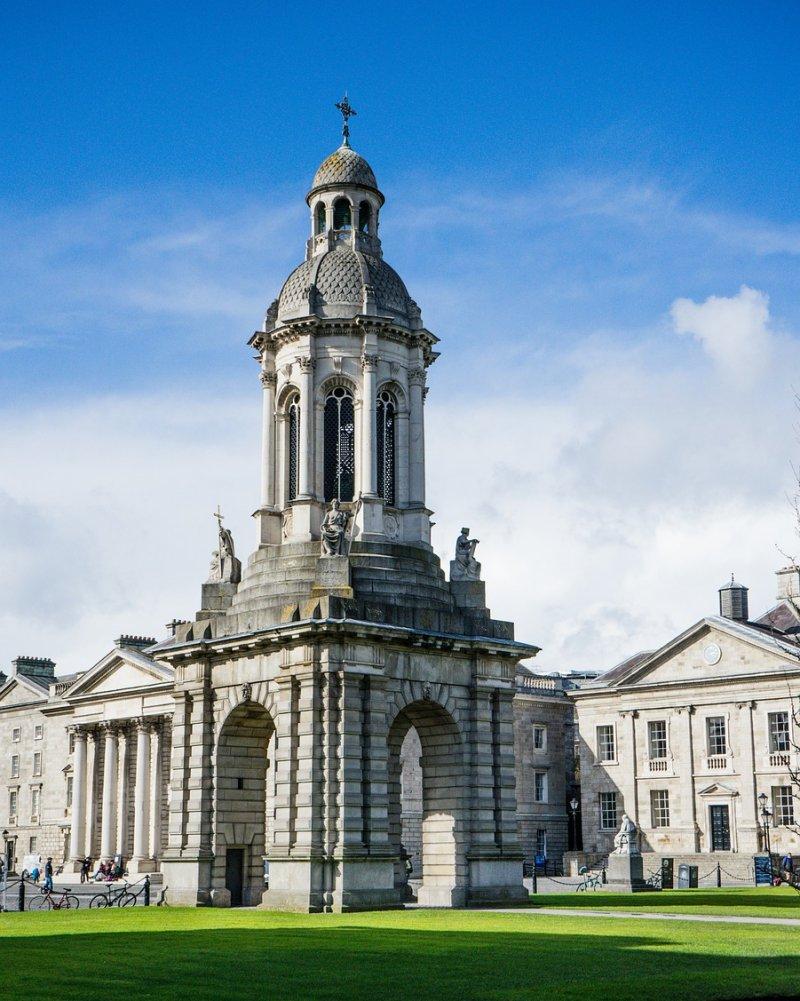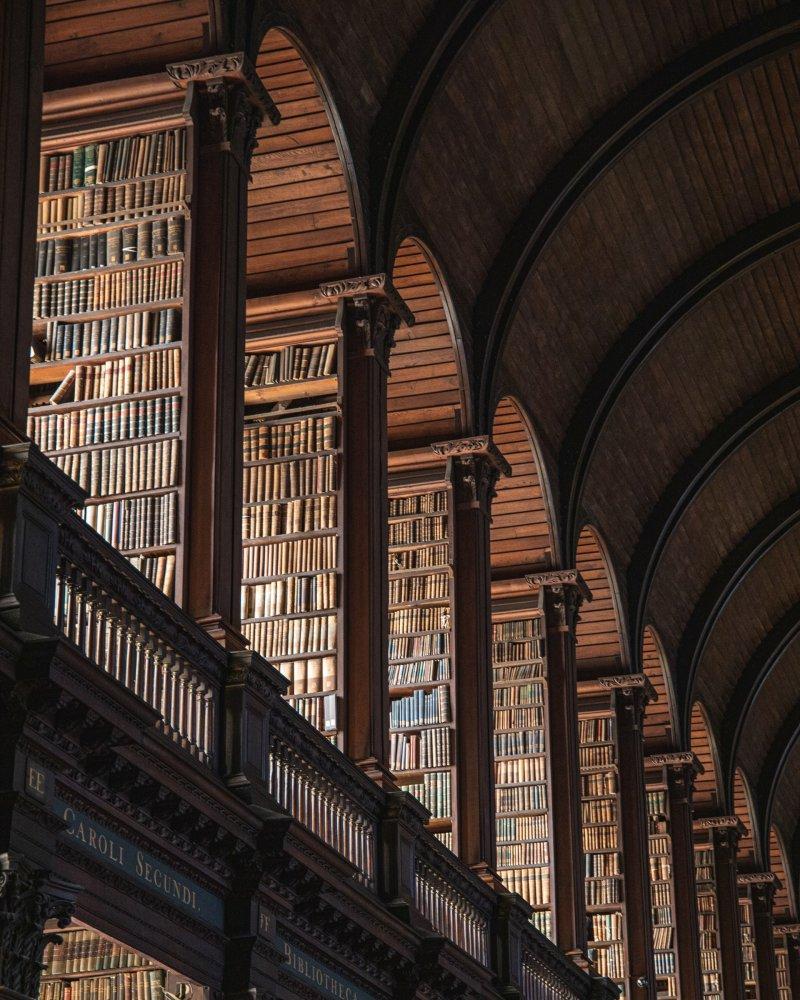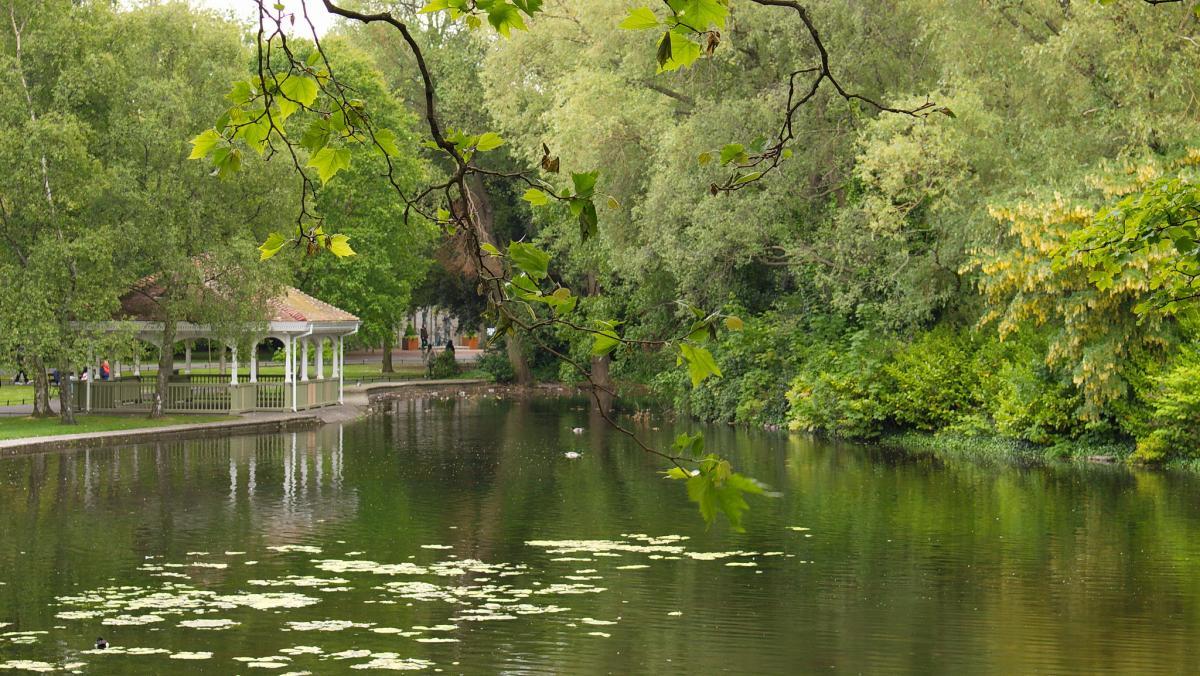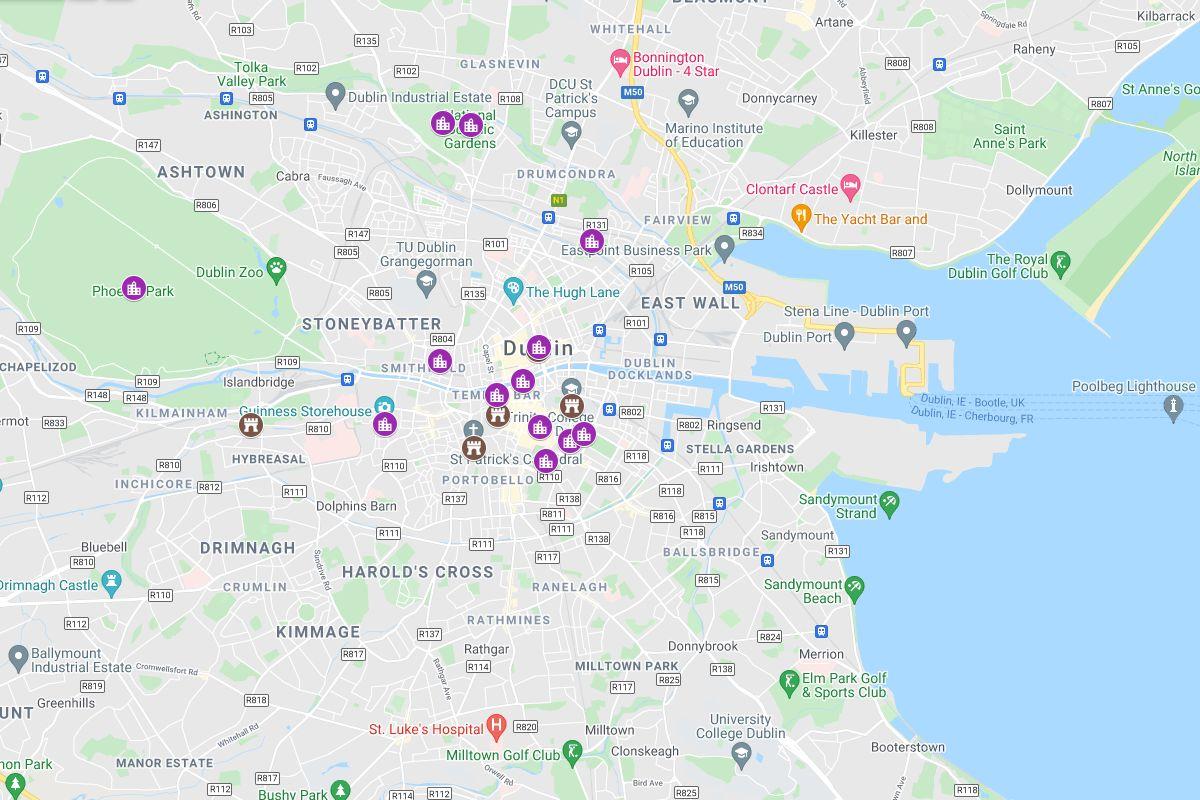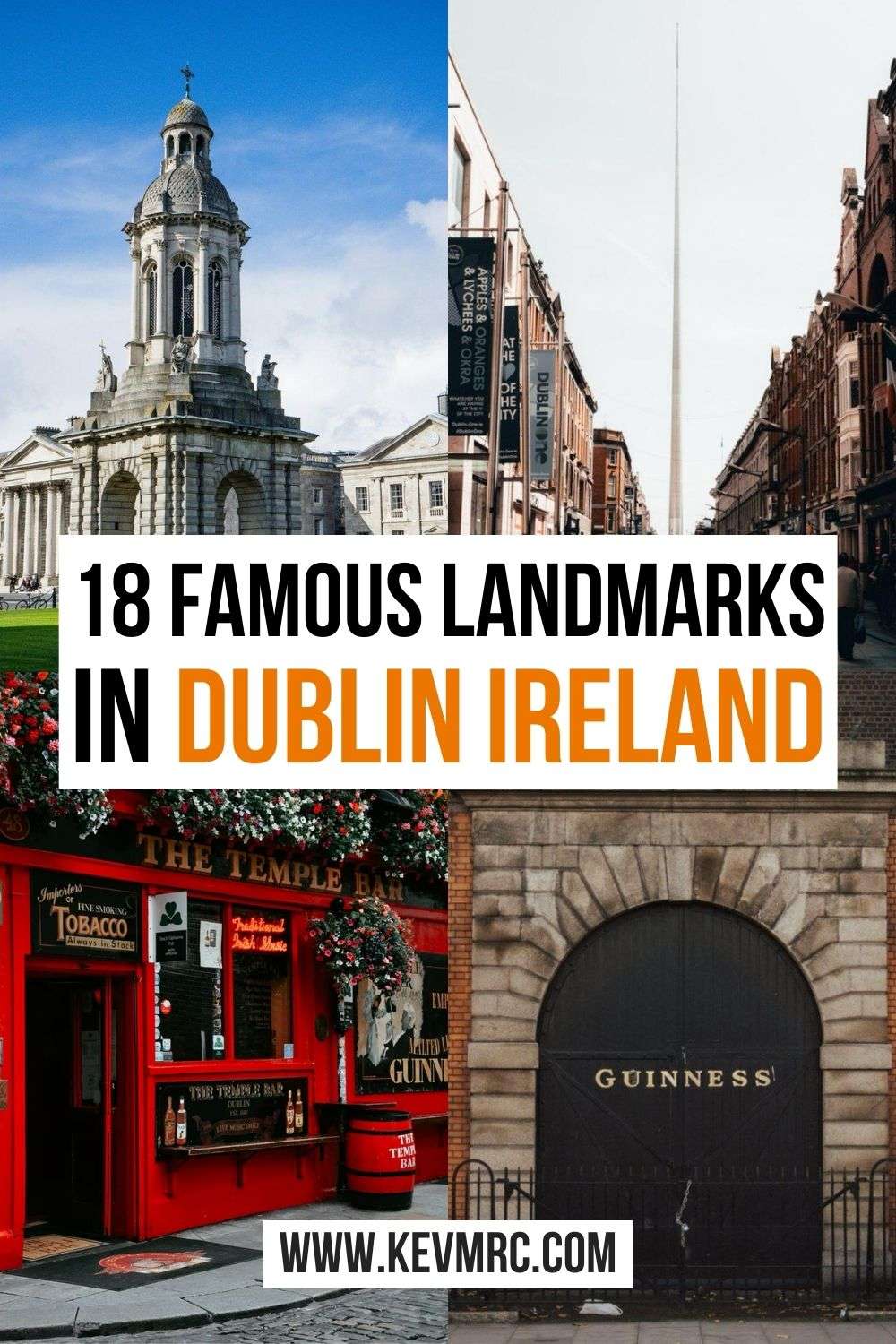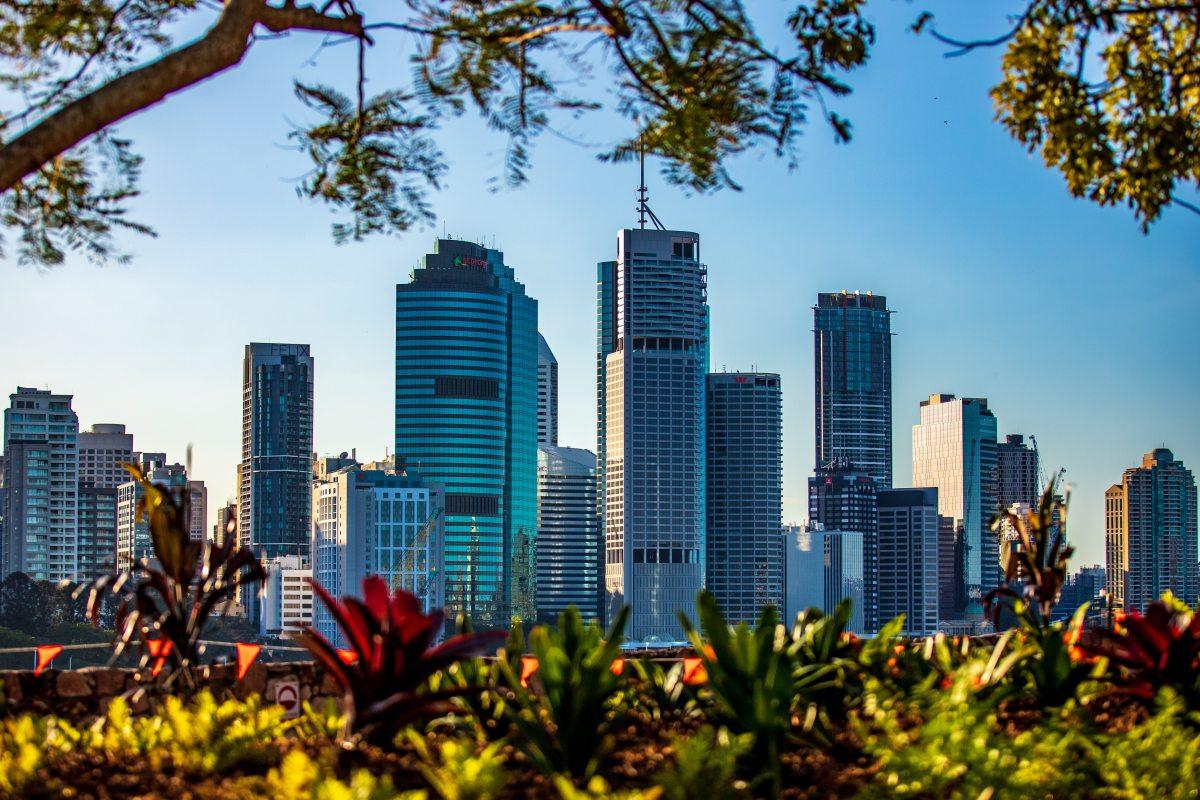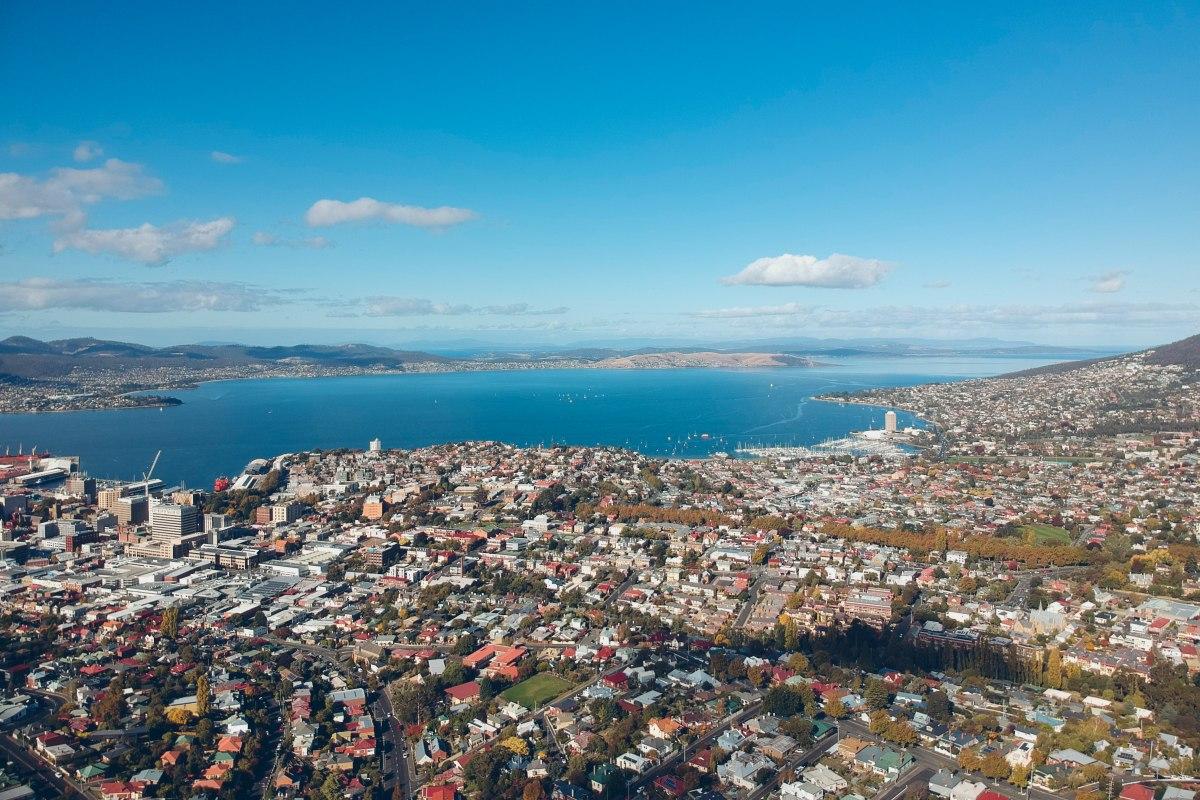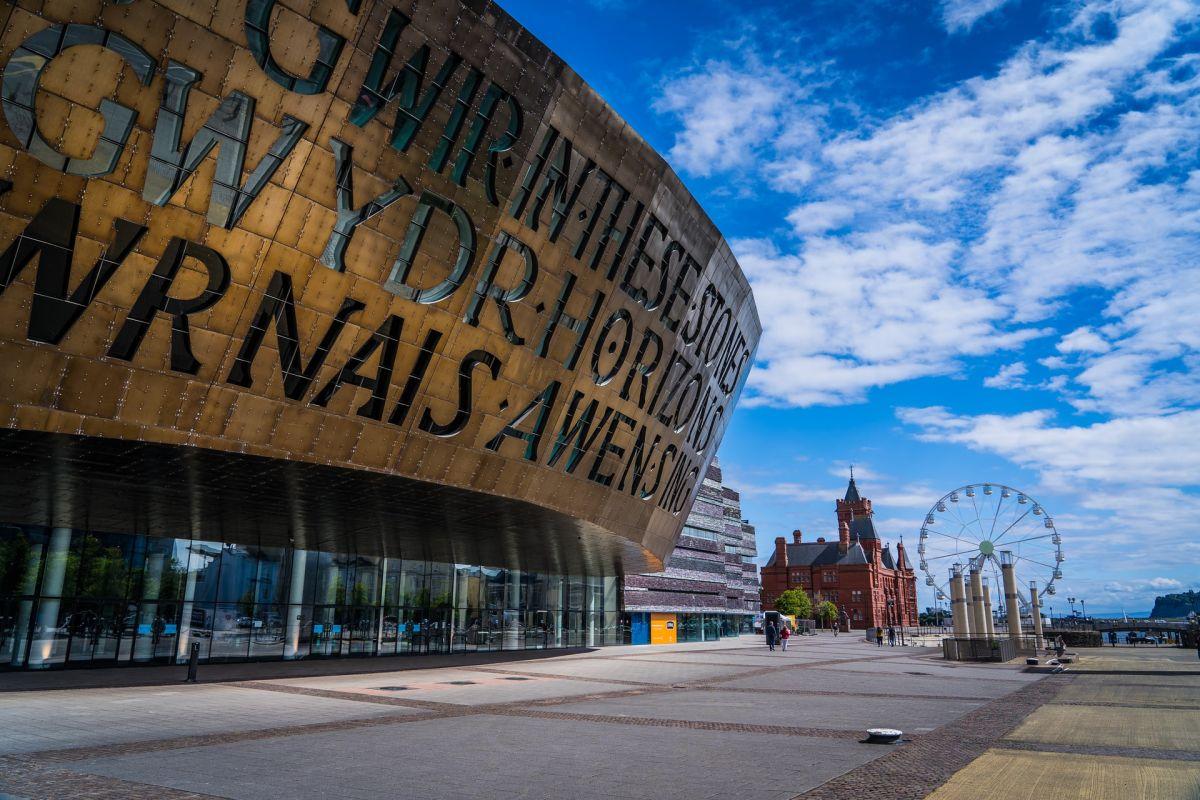18 Famous Landmarks in Dublin, Ireland (100% worth a visit)
Dublin, the capital of Ireland and UNESCO City of Literature, is known as the home of great names like James Joyce and Oscar Wilde.
However, although the literary influence is still strong, the city is much more than its authors: it’s a pleasant, human-sized city, perfect for a weekend trip, and renowned for its art of living. You’ll love to party there and enjoy some of the best beers in the world.
Wondering what are the most famous landmarks in Dublin?
Here are 18 famous Dublin landmarks with photos and details! 🍀
Full List of the 18 Famous Dublin Landmarks
We can divide Dublin landmarks into 2 categories: the historical monuments on the one hand, and the all the other landmarks including buildings, museums and parks in the other hand.
🏰 Historical landmarks in Dublin:
- Trinity College
- Dublin Castle
- St Patrick’s Cathedral
- Kilmainham Gaol
- General Post Office
🏛 Museums, buildings and other landmarks of Dublin:
- Guinness Storehouse
- Temple Bar
- Grafton Street
- Spire of Dublin
- Ha’penny Bridge
- National Museum of Ireland
- National Gallery of Ireland
- St Stephen’s Green
- Jameson Distillery
- National Botanic Gardens
- Glasnevin Cemetery
- Croke Park
- Phoenix Park
So here’s the full list of the 18 famous landmarks Dublin has to offer. To learn more about each of these places, keep reading below! 👇
Historical Landmarks in Dublin
Like most European cities, Dublin is filled with landmarks that are visible reminders of Ireland’s history.
Let’s discover together 5 major historical monuments you can find in Dublin. 🔎
1. Trinity College
Located in the heart of the city in a bustling area, Trinity College is the oldest university in Ireland and ranks as the world’s 108th best university. Because of its location and its significant historical background, Trinity College is often chosen as a starting point to tour Dublin.
Established in 1592 by Queen Elizabeth I herself, Trinity College is largely inspired by its English counterparts, Cambridge and Oxford universities. Until the end of the 18th century, admission to Trinity College was restricted only to male Protestant students. Catholics were then admitted, then men of all religions in 1873, and women starting 1904.
Trinity is not only a college but also one of the most visited monuments in Dublin. Visitors love discovering the campus of course, but above all, they come for its wonderful library which is a marvel of architecture. It also houses the Book of Kells, a 9th-century illuminated manuscript.
2. Dublin Castle
Located about 10min walk from Trinity College, Dublin Castle is one of the oldest still standing in Dublin. It also has a major role in Ireland’s history as it was the seat of the British government of Ireland for about 8 centuries.
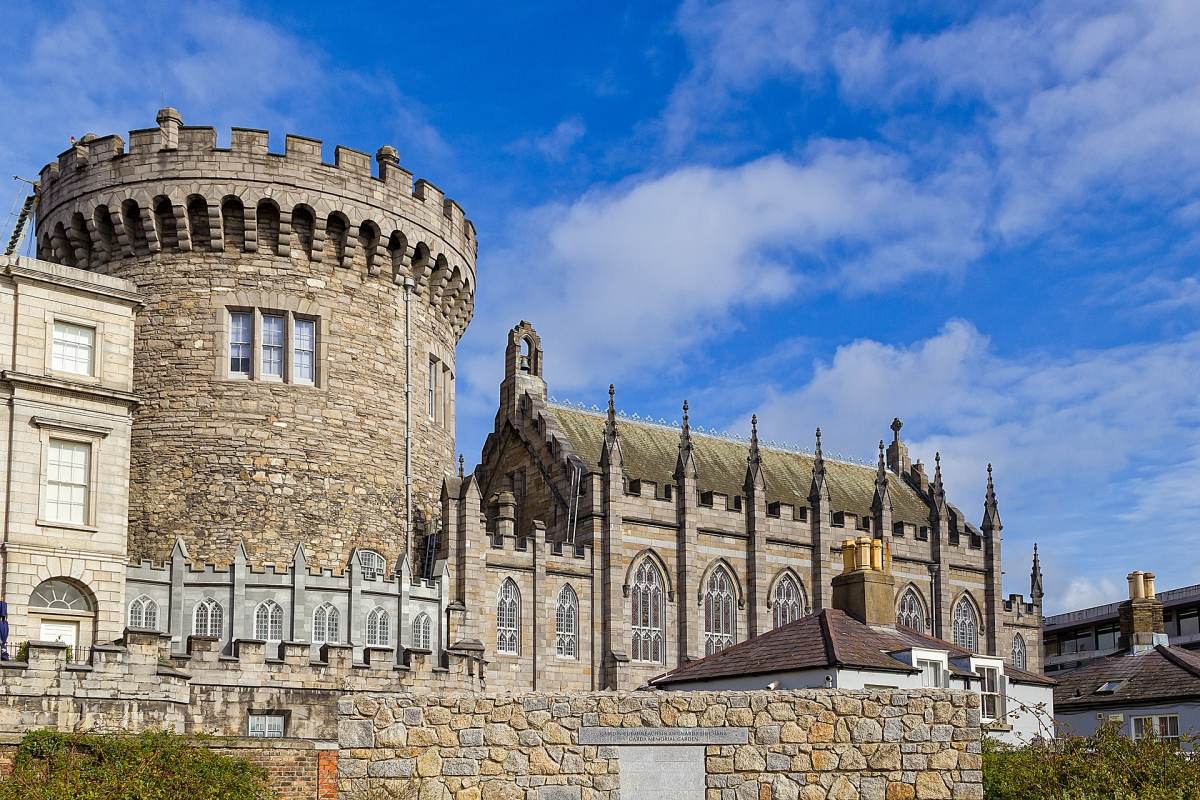
Built when Ireland was occupied by England during King John’s reign in 1204, Dublin Castle was established with the aim of demonstrating England’s supremacy over Ireland. The castle was erected on the site of an ancient Viking fort in a Romanesque style with ramparts, loopholes, dungeons… But throughout history, it has been modified several times and evolved into a Neoclassical style.
Dublin Castle still plays an important part on the national political stage as it’s used for official events and for the inauguration of Irish presidents. It also houses an arts center in the castle chapel where musicians perform regularly.
5. St Patrick’s Cathedral
Located about 10min walk from Dublin Castle in the Old Town, St Patrick’s Cathedral is one of Dublin’s most iconic monuments. Also called Dublin Cathedral, St Patrick’s Cathedral is the seat of the Church of Ireland.
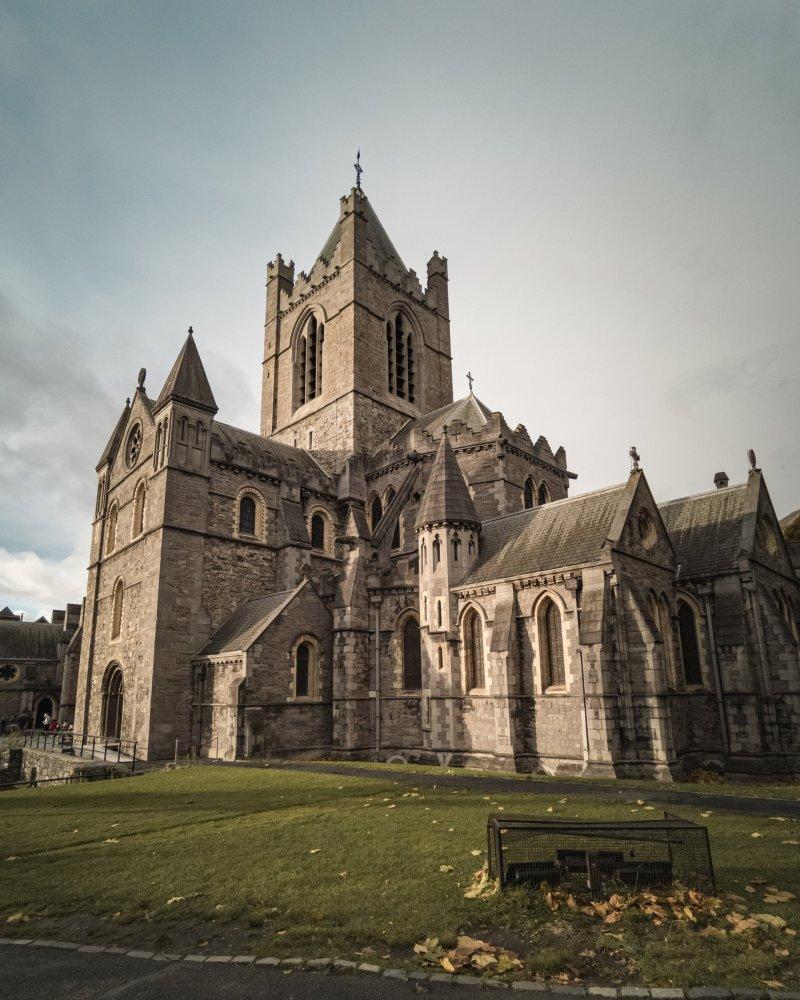
The legend says the cathedral was erected right next to the spring in which St Patrick baptized his followers. A wooden church was first built in the 5th century. When the Normans arrived in the 12th century, they replaced the wooden church with a Gothic stone church.
Inside the cathedral, visitors can see several funerary monuments and a chapel dedicated to Virgin Mary. It also houses Jonathan Swift’s burial, the author of Gulliver’s Travels. The cathedral’s stained glass windows are particularly beautiful as they illustrate Ireland’s history.
4. Kilmainham Gaol
While Kilmainham Gaol is the monument with the saddest history, it’s also one of the most important remains of Ireland’s rebellion and fight for independence.
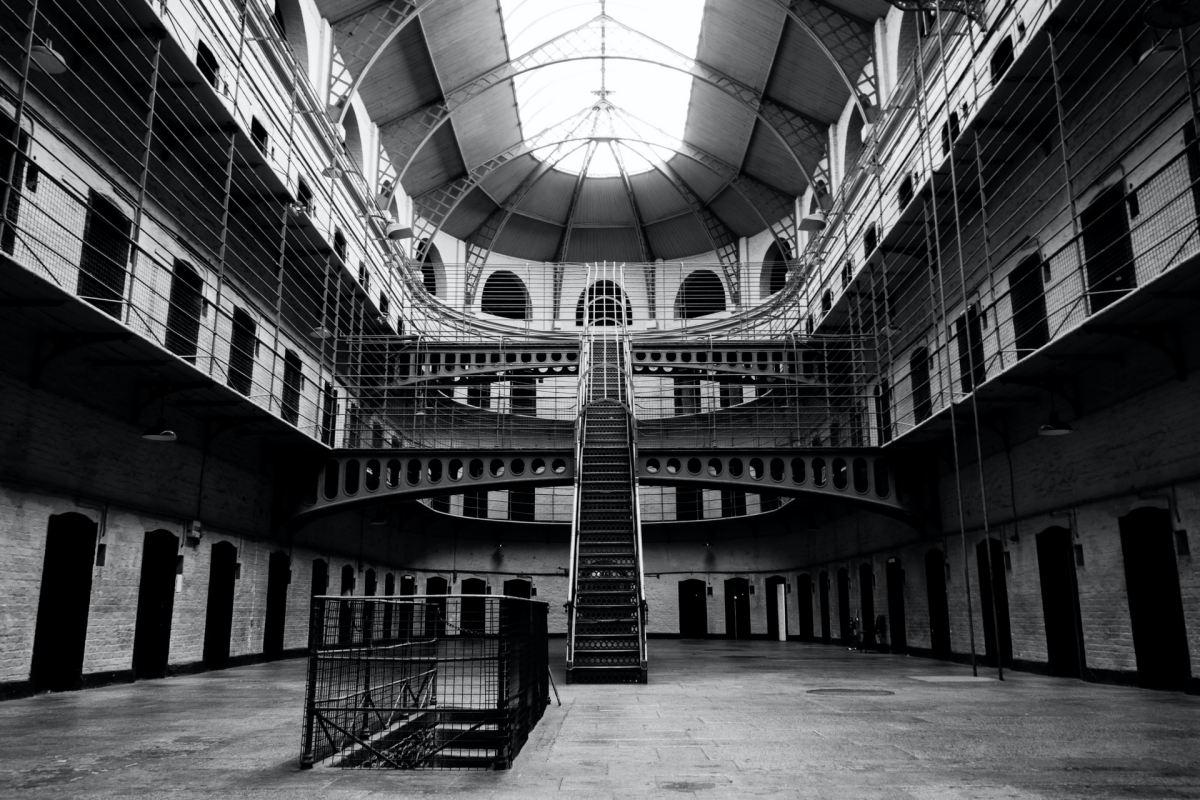
Indeed, Kilmainham Gaol counted many famous leaders of the Irish rebellion, such as Charles Stewart Parnell, Theobald Wolfe Tone, and James Connolly. Many of them were also executed here, especially the leaders of 1916’s Easter Rising. After 1922 and the creation of the Free State, the prison was abandoned until the 1960s. It’s only then that Kilmainham was restored, transformed into a museum, and classified as a historical monument.
Located close to Phoenix Park in the city center, you can now visit the museum and learn more about the extremely poor detention conditions and about the Republic of Ireland’s history.
5. General Post Office
Built in 1914, the General Post Office (GPO) is one of the tourists’ favorite buildings in Dublin. Located on O’Connell Street, you can’t miss this imposing building just a few steps from the Spire of Dublin.
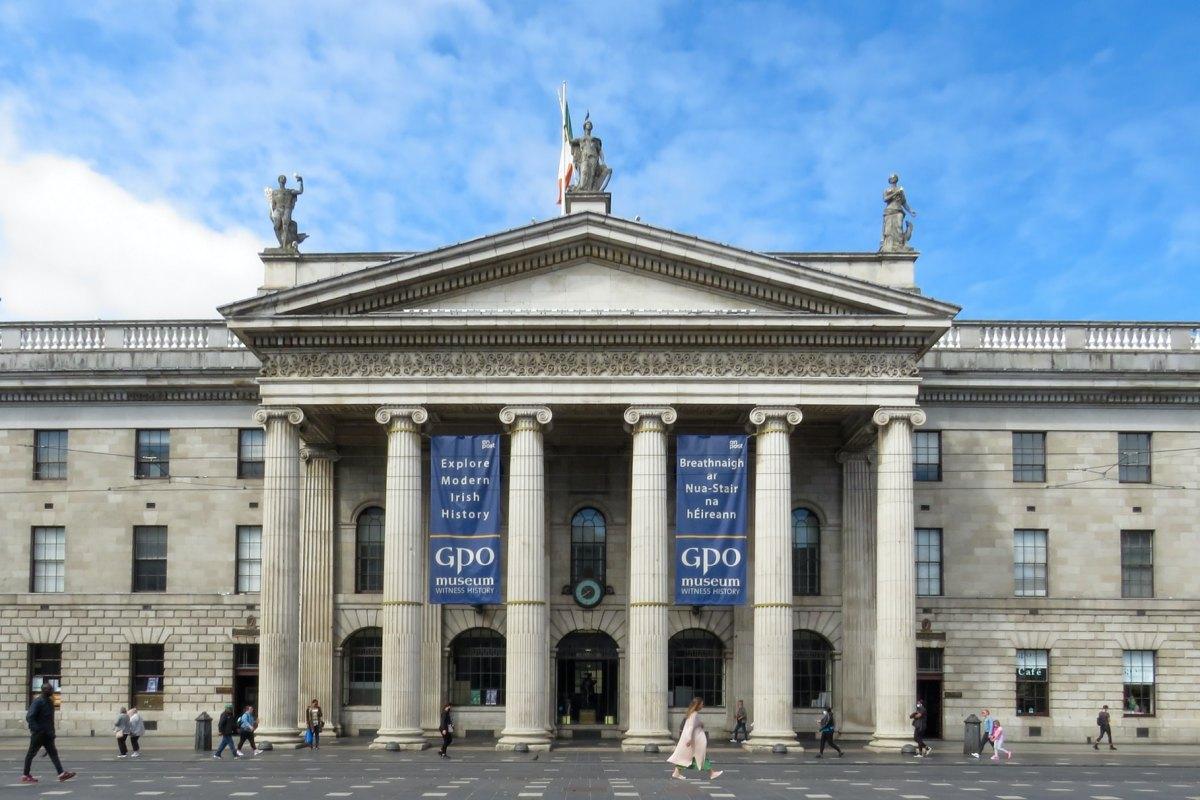
Built between 1814 and 1817, the GPO has played an important role in Irish history as it became the Headquarters of the Easter Rising in 1916. Padraig Pearse, the leader of the movement, took over the building and read the proclamation of the insurrection in front of the crowd. The building was finally destroyed during the following battles but was renovated a few years later by the Irish Free State.
Made entirely of granite from the Wicklow Mountains, it’s one of the last remaining Georgian-style buildings in Dublin.
Famous Buildings in Dublin & Others
Besides being the largest city in Ireland, Dublin is also the country’s political, economic, cultural, and art center. As such, the city is full of museums, parks, and other attractions that make the beauty of the city.
Here are 12 Dublin iconic buildings and attractions you can’t miss! 👀
6. Guinness Storehouse
Guinness is one of the most famous Irish products: this dark beer with a thick foam is a must in pubs all over the world. It’s therefore quite logical that an attraction in the heart of the city is dedicated to it!
![]()
To discover everything about this brand, visitors flocks to the Saint James’s Gate brewery built in 1902. This place, which was one of the first Guinness breweries, became in 2000 a museum dedicated to this beer and the brand in general.
Over the years, the Guinness Storehouse has become the most popular tourist attraction in Dublin and even in the entire country. Beer-loving tourists will love visiting this museum and especially tasting some Guinness beers.
7. Temple Bar
Temple Bar is a particularly lively area of the Irish capital, just a stone’s throw from Trinity College and Dublin Castle. In fact, it’s the place to be if you like to go out in Dublin!
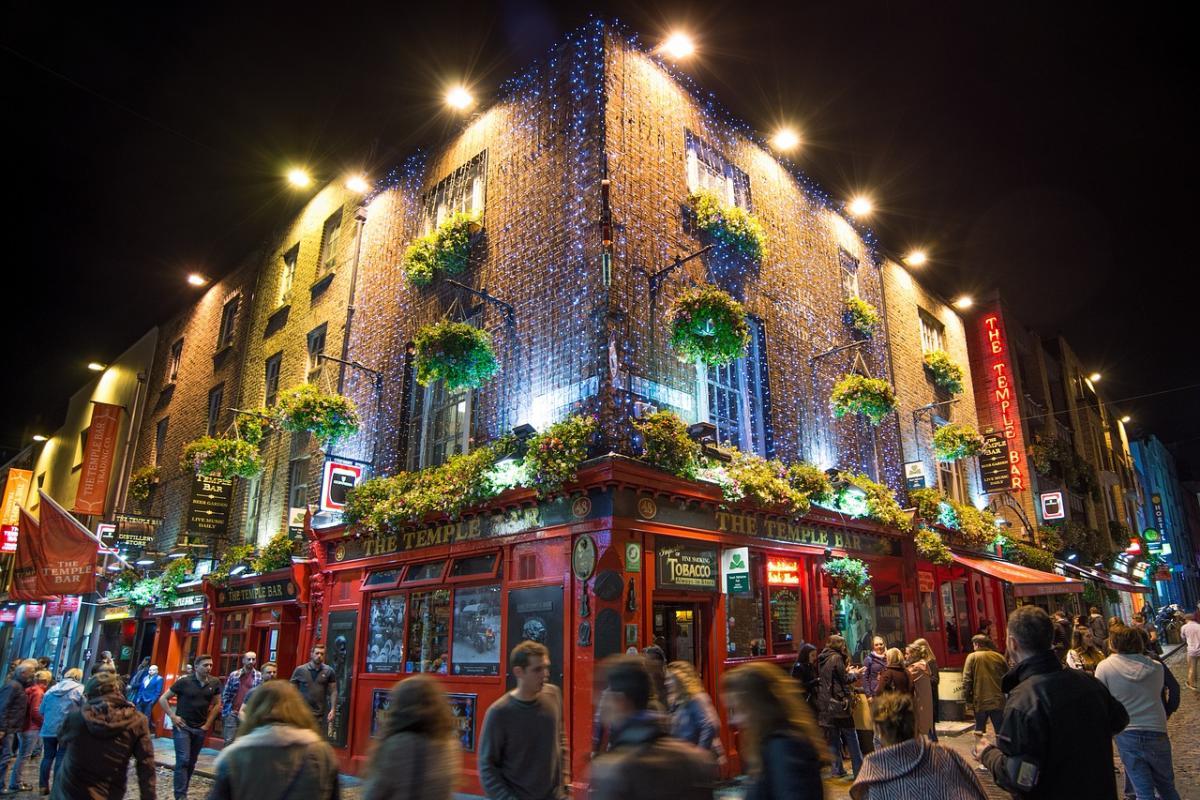
In the past, the area was shabby and dilapidated, destined to become a railway terminal. But it was never built, so the local authorities decided to abandon the plans and replace them with a low-rent area with shops, cobblestone streets, and a “youth culture”. From brothels to pubs, Temple Bar hasn’t changed much since.
Temple Bar is now known as Dublin’s “bohemian district” but also as the place to go out to Irish pubs for entertainment, drinking, eating, and mingling with the local and cosmopolitan people. It’s a trendy place where nightlife, art, and culture are mixed. You’ll also find some of Dublin’s best hotels in this area, so everything will be settled to enjoy the nightlife at best.
8. Grafton Street
Located a few steps from Temple Bar and Trinity College, Grafton Street is Dublin’s main shopping and pedestrian street. It’s a true paradise for shopping addicts!
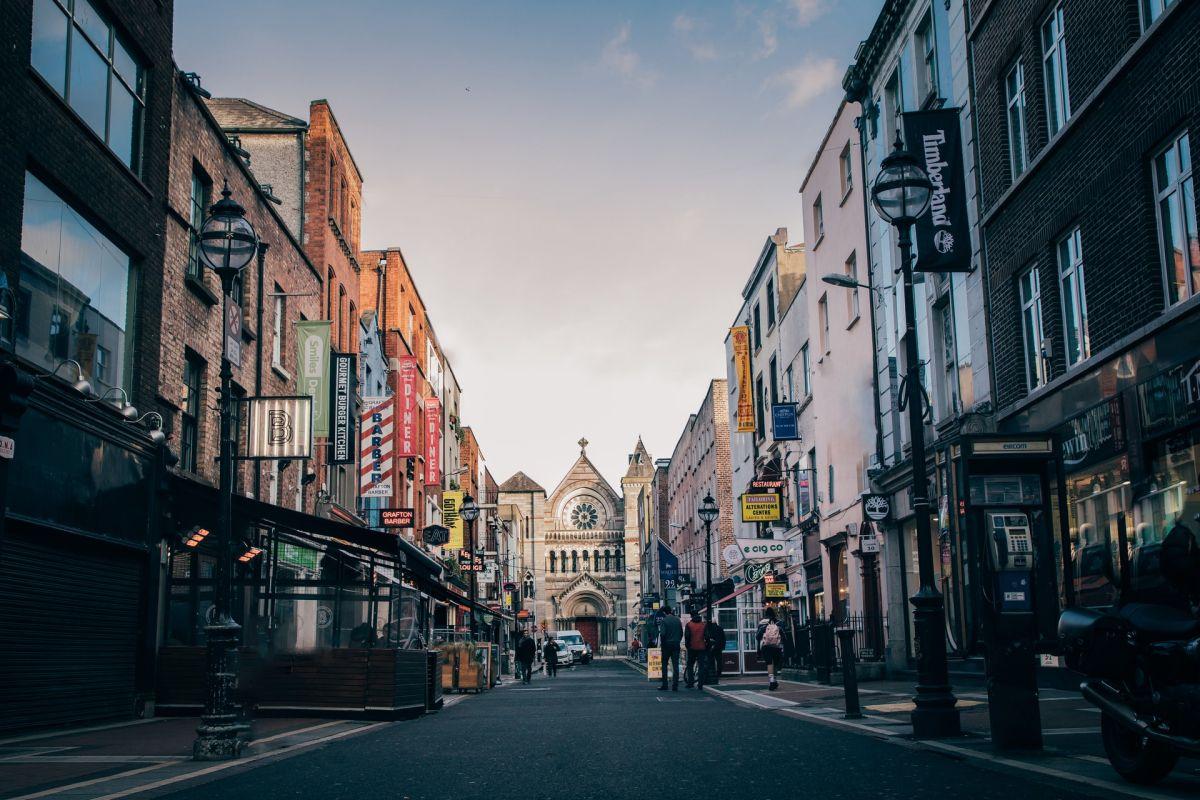
Connecting College Green Square in the north to St. Stephen’s Green in the south, this busy avenue is filled with shops of all types from haute couture to fast fashion, fast foods, and bars. Grafton Street is also street singers and musicians’ favorite place. Some artists such as Rodrigo y Gabriela got famous after performing on this street.
It’s on this avenue that you can see the famous statue of Phil Lynott, Irish singer and bass player of the band Thin Lizzy.
9. Spire of Dublin
Located in the heart of the city near the GPO and Temple Bar, the Spire is to Dublin what the Eiffel Tower is to Paris: a symbol that everyone knows and recognizes easily.
![]()
Officially called Monument of Light (An Túr Solais in Irish), this sculpture inaugurated in 2003 is visible from far. It must be said that with its 120 meters high, the Spire dominates the city. With a diameter of 3 meters at the base, it narrows to a diameter of only 15 centimeters at the top. The coating of the steel is textured to create amazing light effects. As for the tip, it lights up blue at night.
It’s fair to say that no matter where you are in Dublin city center, you can see the Spire. It serves as a compass for visitors and it’s impossible to miss it on O’Connell Street!
10. Ha’penny Bridge
Crossed by over 30,000 people every day, the Ha’Penny Bridge is one of Ireland’s most famous bridges.
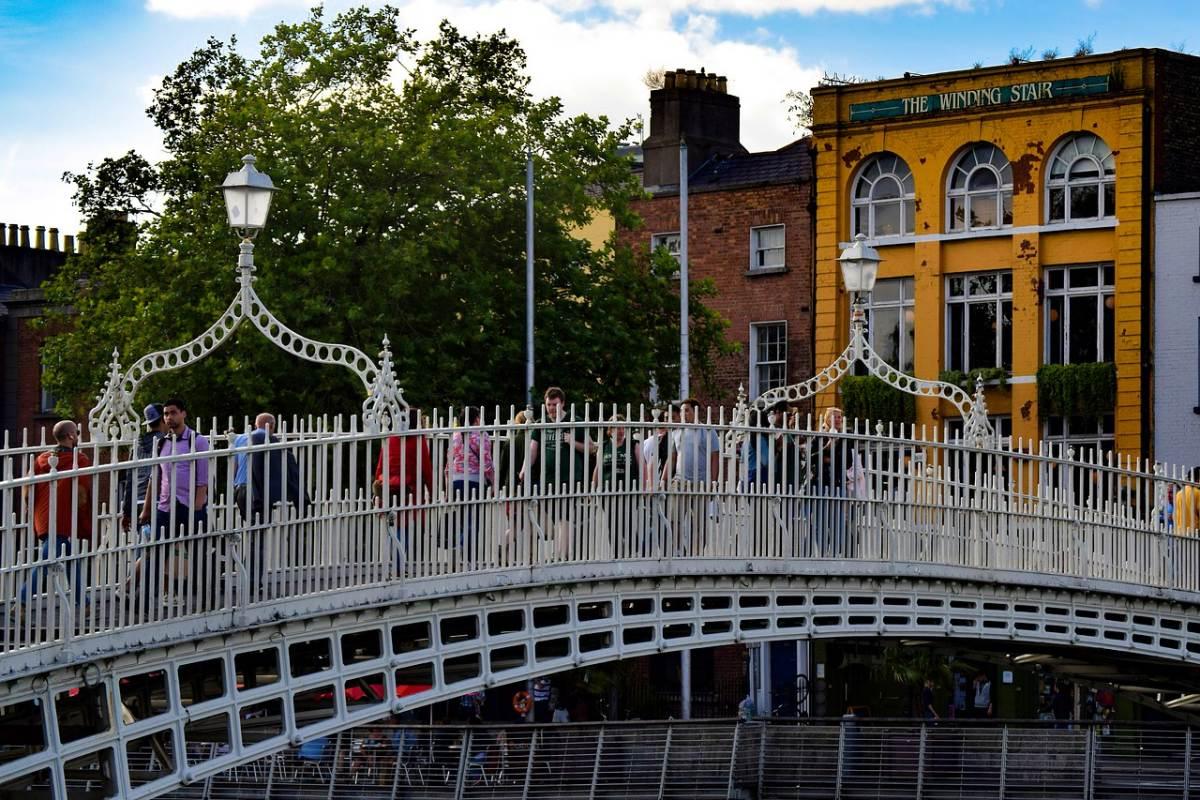
Shortly before the Modern Era, Dubliners used small ferries docked on either side to cross the River Liffey. But they were is such a deplorable state that it was necessary to find an alternative. So in May 1816, the old boats were replaced by this long white arch built by Harland and Wolff, the company that also built the Titanic.
This entirely pedestrian bridge offers an incredible view of the whole city and connects Temple Bar district to O’Connell Street. With its wrought iron structure, its sculptures, its lights at night, and the street musicians who come to perform, tourists love this crossing.
11. National Museum of Ireland
Located near Trinity College in the center of the city, the National Museum of Ireland is the oldest museum in Dublin and the largest in the country.
Founded in 1890, the National Museum of Ireland has one of the most prestigious collections of prehistoric, Viking, and medieval artifacts in Europe. These collections are spread over 3 different sites in the city: the National Museum of Archaeology, the Natural History Museum, and the Decorative Arts & History Museum.
This museum has become a must-see when visiting the city. It will help you to learn everything about Ireland: its history, its architecture, its geology, and its heritage!
12. National Gallery of Ireland
The National Gallery of Ireland is located in the Merrion Square area of Dublin near Trinity College and St Stephen’s green. It’s one of the most famous buildings in Dublin.
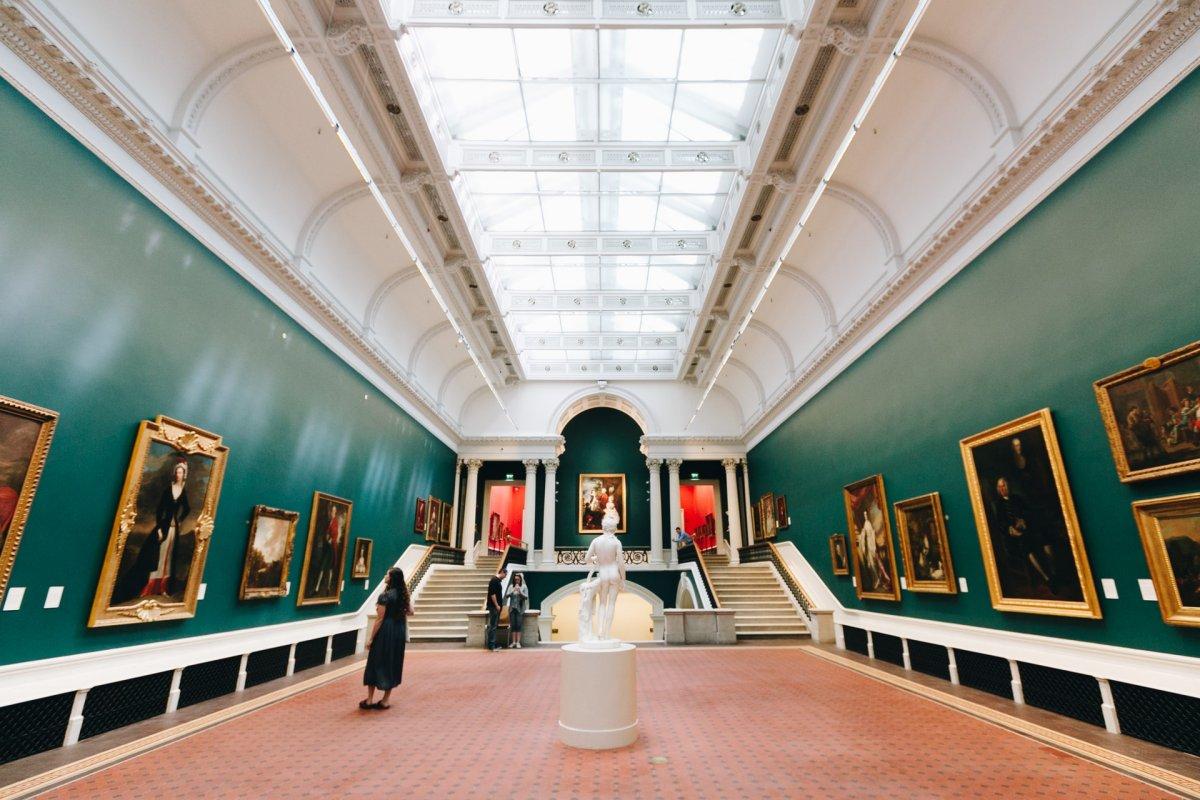
Open in 1854, the gallery offers collections of nearly 3,500 works of art displayed in 50 rooms chronologically. A dozen rooms are devoted to European painting from 1300 to 1850 while Irish painting occupies 5 other spaces. It also houses collections of watercolors, drawings, photographs, and sculptures. A section is also dedicated to the art of stained glass.
Visitors can admire paintings by artists such as Johannes Vermeer, William Turner, Diego Velázquez, William John Leech Nicolas Poussin, and Jack Yeats. Entry is free, so don’t miss it when in Dublin!
13. St Stephen’s Green
Located right next to the National Gallery of Ireland, St Stephen’s Green is the best park in Dublin.
Created in the 17th century in the Victorian style, St Stephen’s Green covers 9 hectares inside central Dublin between Merrion Square and Portobello areas. You will find everything that makes a perfect urban garden: beautiful lawns, a lake, beautiful statues, a bandstand, and games for children.
Whatever the season, Dubliners love to take a stroll with friends or family to relax on weekends. Don’t hesitate to go there, it’s the most famous park in the capital!
14. Jameson Distillery
If beer is undoubtedly the most famous Irish beverage, we can’t forget about whisky. Jameson is one of the most famous Irish whisky.

The Jameson Bow Street Distillery is located only 10-minute walk from Temple Bar. The history of this place goes back to 1780, when John Jameson, who was passionate about whisky, set up his small distilling company. Over the years, the distillery has become a real small town within the city, covering more than 2 hectares. But since 1971, the production of Jameson whisky was transferred further south, to Midleton near Cork, in what is today the largest Irish whisky distillery.
The Dublin distillery didn’t remain empty for long: a museum was set up in the factory to tell the story of the making of this Irish art of whisky. Visitors can also discover the different stages of production and of course, taste some whisky.
15. National Botanic Gardens
This is the most beautiful garden in Dublin. Slightly off-center in the north of the city, it’s a magical (and free) place not to be missed.
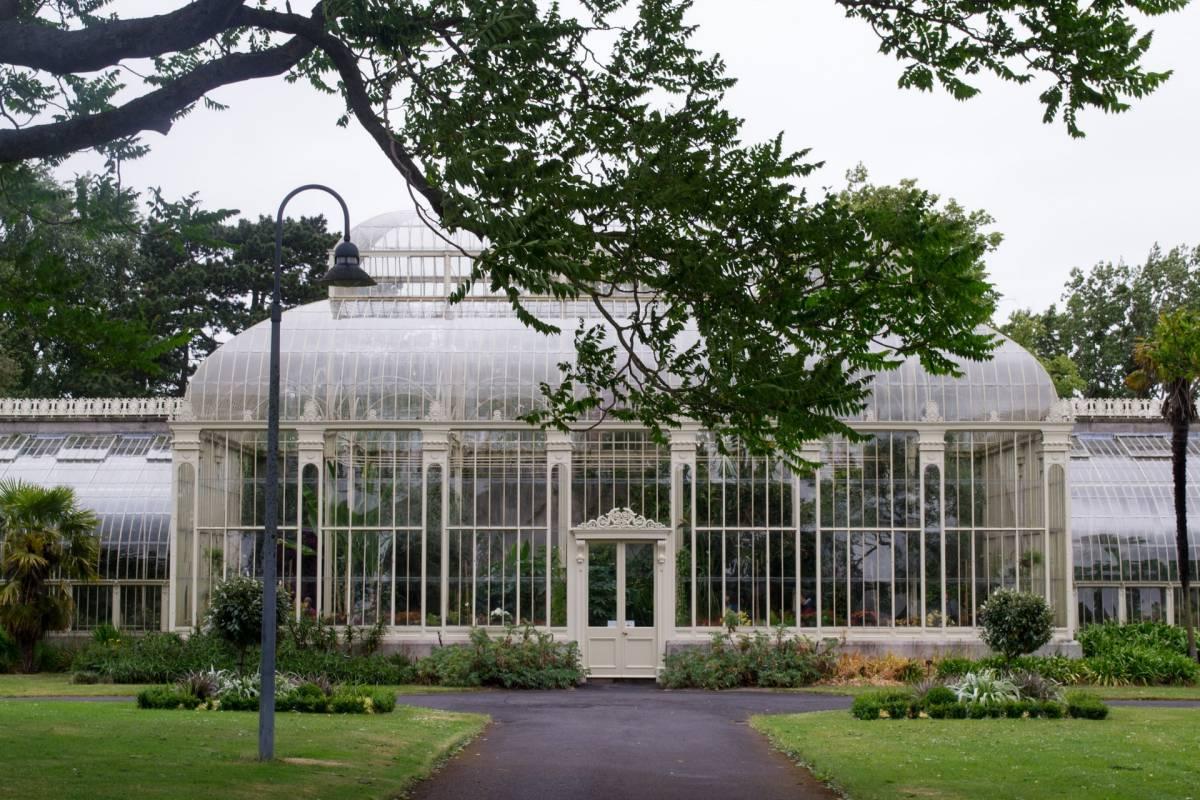
Built at the end of the 18th century along the Tolka River, the Dublin Botanical Garden covers an area of nearly 20 hectares. It includes several greenhouses, an arboretum, a rose garden, a Chinese garden, and a rock garden. In addition to its recreational aspect, it also has a conservation mission since it houses more than 300 varieties of plants and plants endangered.
Located near Glasnevin Cemetery, this botanical garden has become one of the most visited attractions in Dublin.
16. Glasnevin Cemetery
Glasnevin Cemetery, also known as Prospect Cemetery, is the largest cemetery in Ireland with as many as 1.5 million graves in an area of 124 hectares.
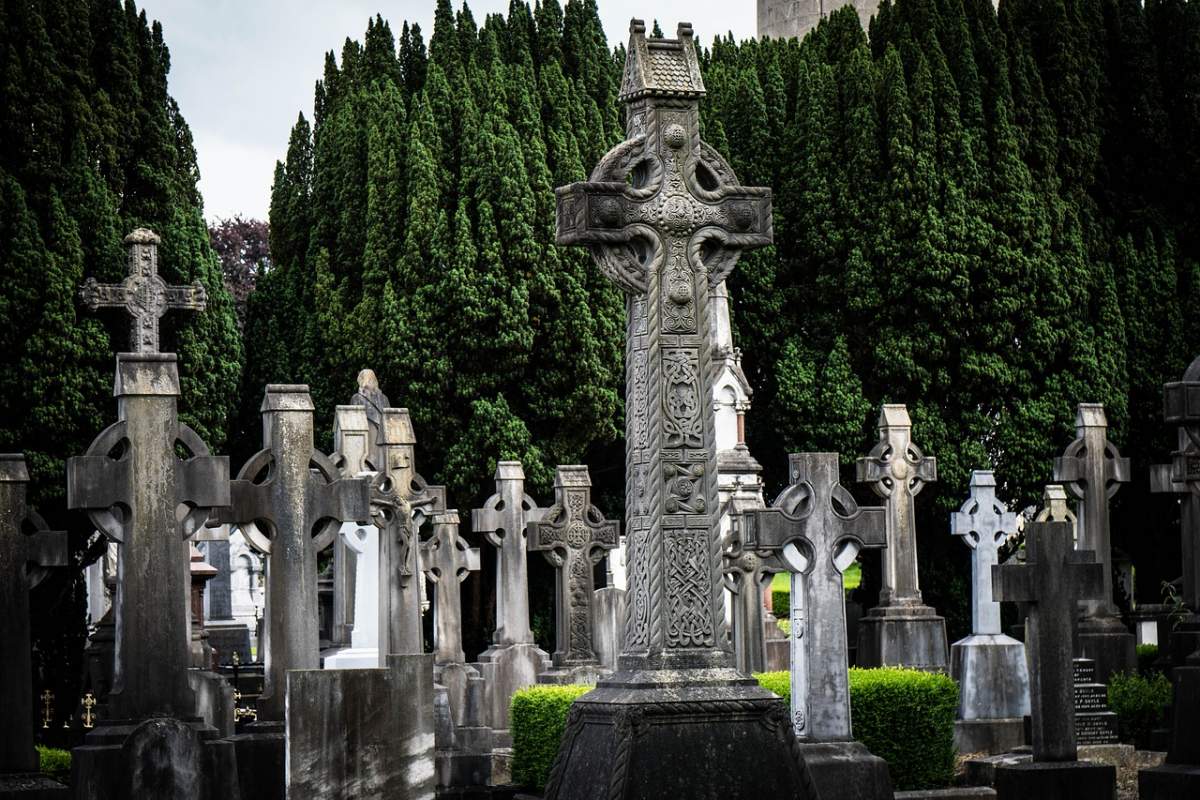
The 200-year-old Glasnevin Cemetery is an open-air museum providing a glimpse of the evolution of burial monuments through time. It’s home to a large number of personalities, most of them are important political figures including Daniel O’Connell, Charles Stewart Parnell, Michael Collins, Éamon de Valera, Seán MacBride, Arthur Griffith, and Maud Gonne.
Glasnevin Cemetery offers daily guided tours to enjoy a historical tour that will give visitors more details about this unique Victorian place. It also offers an interactive museum, botanical gardens, and the famous Tower Café.
17. Croke Park
Located north-east of Dublin, Croke Park is the largest stadium in Ireland and the 4th largest in Europe behind Barcelona’s Camp Nou, London’s Wembley Stadium, and Rome’s Stadio Olimpico.
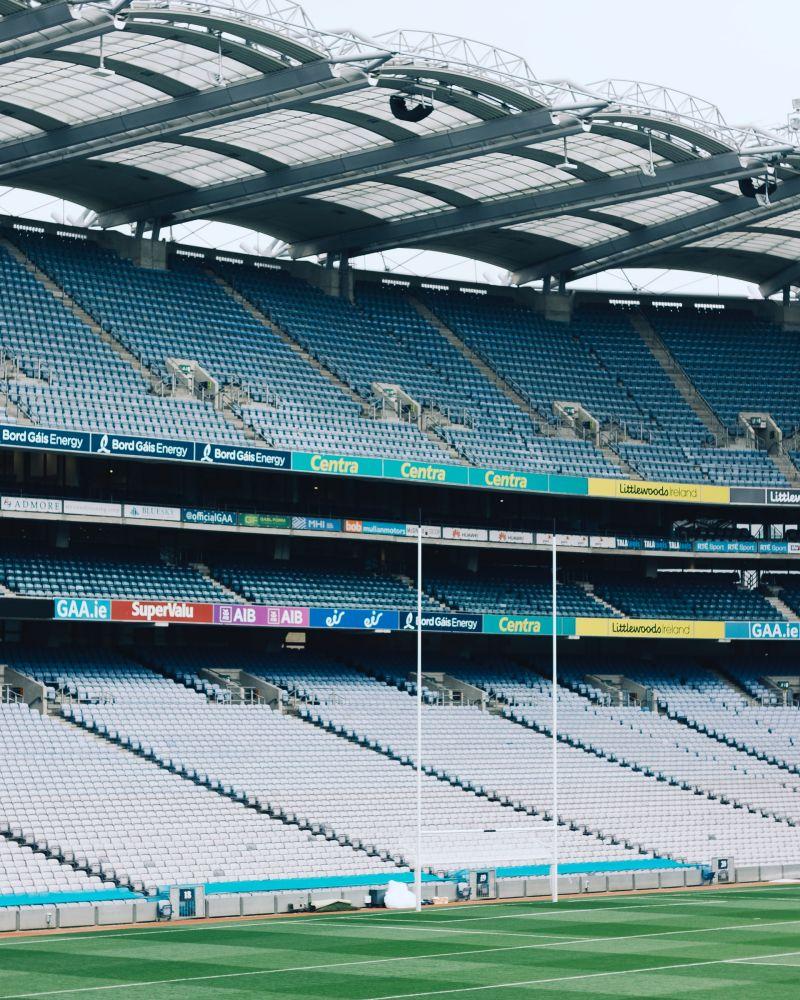
Founded in 1884 to host Gaelic sports events such as hurling and camogie, Croke Park has unfortunately known some dark times. It was indeed the scene of a Bloody Sunday in 1920, during the Irish War of Independence against England. During a game, 14 people were shot dead by English officers in response to another event that had occurred the same morning: 12 English secret agents had been shot by the Irish secret service.
Today, the stadium can accommodate up to 82,300 spectators and has hosted many events such as the famous boxing match between Mohamed Ali and Alvin Lewis in 1972 or the concerts of U2, Celine Dion, Tina Turner…
18. Phoenix Park
Phoenix Park is the largest green space in the Irish capital. It’s even the largest park of all European capitals. Located 3 kilometers northwest of Dublin’s city center, the park stretches over an area of 700 hectares, twice the size of New York’s Central Park.
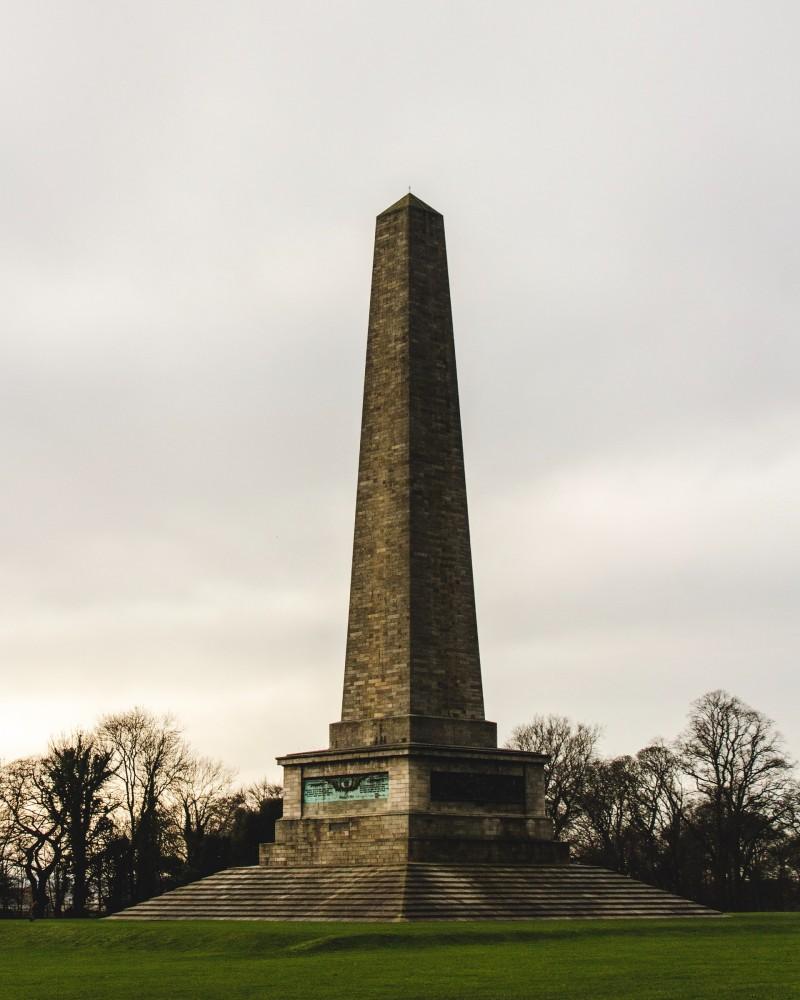
This green space was created in 1662 to be used as a hunting reserve. The Duke Earl of Chesterfield then had the park redesigned and opened it to the public in 1745. Today, the city’s green lung is composed of various spaces: beautiful lawns, large tree-lined avenues, lakes, and beautiful wooded areas. It’s also home to the Aras an Uachtarain (the official residence of the President of the Irish Republic), the residence of the US Ambassador, and the Dublin Zoo, which is one of the oldest in the world.
Phoenix Park is an ideal stopover after visiting Kilmainham Gaol, the Guinness Storehouse, or the former Jameson Distillery which are located nearby.
Map of the Best Landmarks Dublin Has to Offer
To get the free map of the famous landmarks in Dublin Ireland, simply click on the image below to open it in Google Maps. Then click on the “star” icon to save it to your own maps.
I hope you could’ve completed your Dublin bucket list thanks to this guide. If perhaps you’d like to discover other places in Ireland and/or Northern Ireland, you should check these guides:
Loved this post? Share it with your friends by using the buttons below, I’m sure they’ll love it! 😊
Travel Tools
Use any of our recommended links below to book your trip. You pay the same, and we earn a small fee; a great way to support us!
Pin this to Pinterest!
Enjoyed this guide? Then help a fellow traveler and pin it! They'll most definitely love you for it, 100% guarantee.
